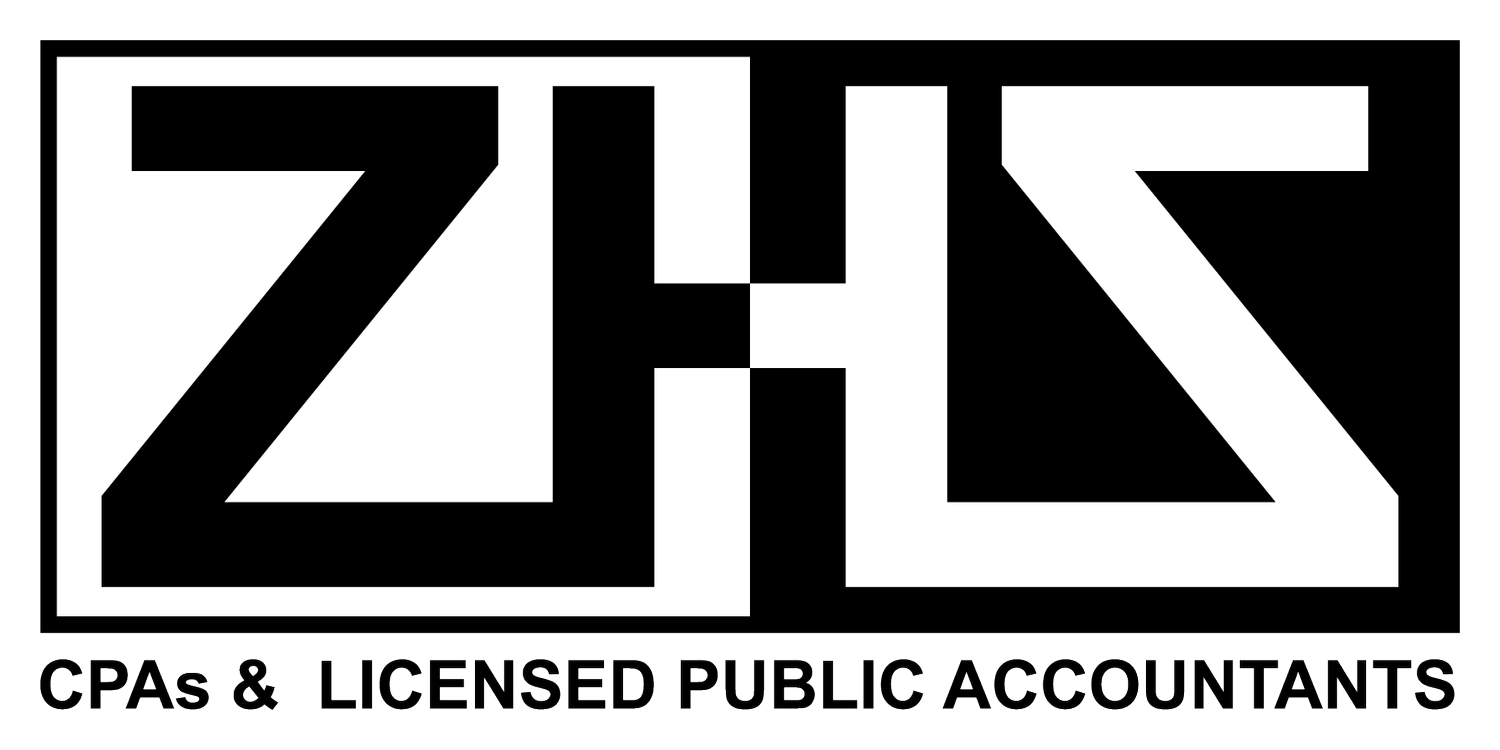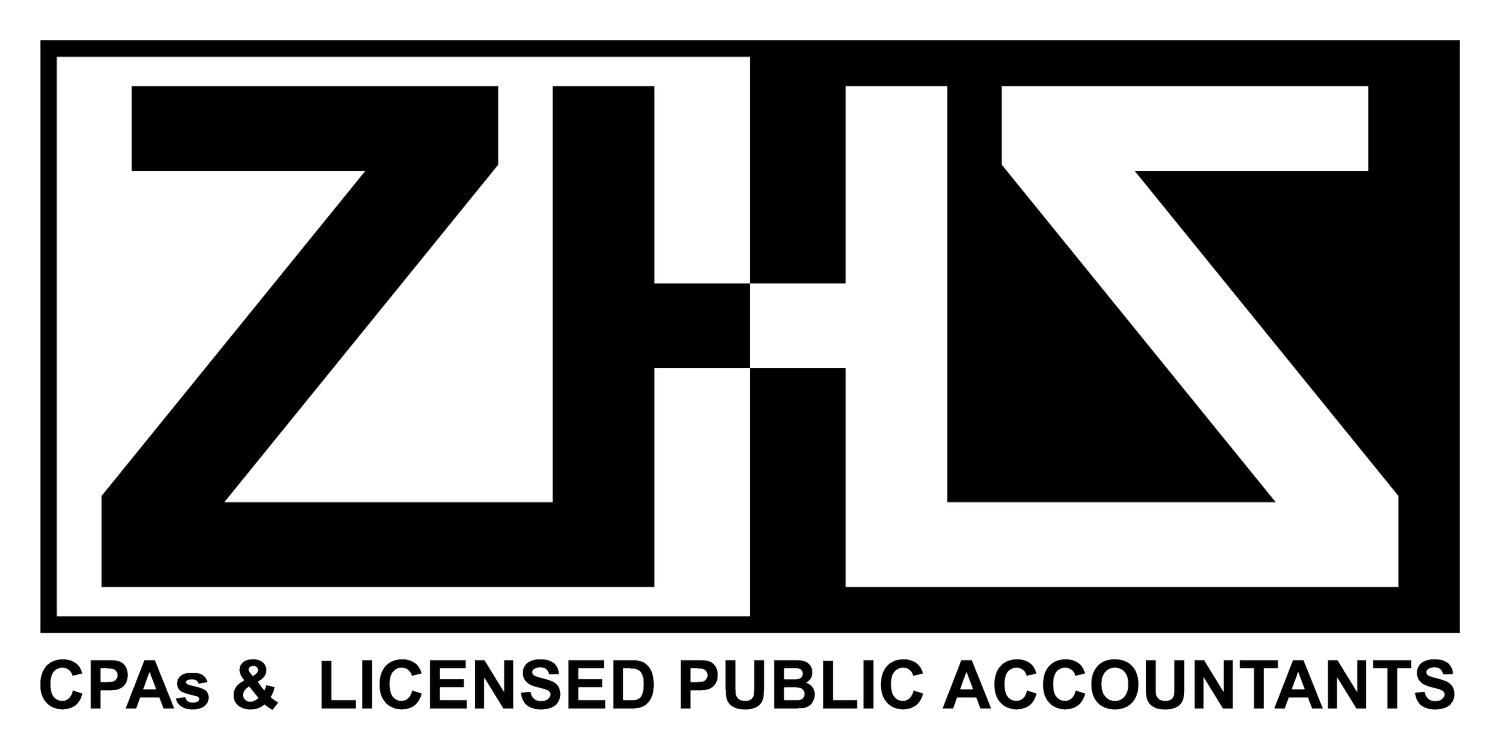Canadian Tax Season 2024 - Tax Credits, Rates, Due Dates, and When to File Your Returns
Know key dates, tax brackets, and important changes to keep your taxes on track. We have got you covered with all the information you need as the tax season 2024 begins.
You cannot afford to miss the tax deadline or else find yourself in trouble with the CRA. But at the same time, you must avoid the hassle and make sure you put the figures in every line item in the tax return file.
Let’s dive in!
Tax Brackets for the Year 2024
First, you should know the tax brackets and your tax liabilities to the Canadian Revenue Authority (CRA).
The CRA has adjusted the previous year’s tax brackets by 4.7% to account for the inflation effect in the last year. The adjustment is made after accounting for the average consumer price index that affects most consumers practically.
Here are your adjusted tax brackets and relevant tax return rates for 2023.
The tax indexing factor for Ontario state taxes is 4.5% for 2024. Therefore, Ontario's state and combined (state and federal) tax brackets will be adjusted accordingly.
Tax Credits and Benefits for the Year 2024
An important part of your tax calculations is to know your tax credits and benefits offered by the CRA. You can claim refundable and non-refundable tax credits as well as certain benefit amounts.
Refundable Tax Credits
You can claim the Canada Workers Benefit credit amount of $1,428 (maximum) if your net income is less than $33,015.
You get the Canada Training Credit of up to 50% of your tuition and educational expenses from eligible institutes. The CTC has a lifetime maximum amount of $5,000.
Some other notable refundable tax credits include:
● Eligible educator school supply expenses
● Air quality improvement tax credit
● Other provincial or territorial credits
Non-Refundable Tax Credits
The Federal Basic Personal Amount (BPA) is indexed by 4.7% for inflation and is raised to $15,705 in 2024 from $15,000 in 2023.
The increased tax credit for First-Time Home Buyers is $10,000 and the non-refundable tax credit allowance is up to $1,500.
If you are a volunteer firefighter or have participated in the search and rescue operations in Canada, you can claim a tax credit of up to $3,000. However, you can claim either for a firefighter or the search and rescue volunteer credit.
There is a curated list of other non-refundable tax credits available and you should consult your tax consultant to avail the maximum benefits.
Some important non-refundable tax credits include:
● Digital News Subscription credit
● Tax credit on qualified Tuition, Textbooks, and interest paid on student loans
● Canada spouse or common-law partner amount and caregiver amount
● Home accessibility credit
● Eligible medical expenses
Tax Due Dates and Other Schedules to Remember
April 30th is the tax day for individuals and for certain self-employed, it is June 15th every year. You should also remember the quarterly installment due dates, T4/T5 form schedules, and other important dates to avoid penalties from the CRA.
● Your tax return filing and payment deadline for the tax year 2023 is April 30th, 2024.
● Your quarterly installment dates for the year 2023 were March 15, June 15, September 15, and December 15.
● The deadline for employers to issue T4s is February 29, 2024.
● The last date to make contributions to your RRSP is February 29,202.
● The scheduled quarterly payment dates for HST/GST are January 15, April 15, July 15, and October 15, 2024.
What If You Miss the Deadline for Filing Taxes?
The CRA will charge penalties and interest on your late payments for taxes and contributions. The interest rate charged is published by the CRA quarterly.
For example, the current penalty amount is 5% of the remaining balance of the income taxes you owe to the CRA plus the applicable interest rate.
If your taxes are delayed for more than one year, your penalty rate on amounts due will be 10% plus the applicable interest rate.
The prescribed interest rate published by the CRA for the last quarter of 2023 for non-corporate taxpayers is 7% and for the first quarter of 2024 is 8%.
Contribution Limits and Effective Changes
Another key part of your tax calculations is to know the contribution limits for the yearly registered retirement savings plan (RRSP), deferred profit sharing plan (DPSP), defined benefit (DB), money purchase (MP), and tax-free savings account (TFSA) programs.
● The maximum contribution limit for the RRSP 2023 is $30,780 and the deadline to make contributions is March 1, 2024. The actual maximum contribution limit also includes any amounts brought forward with your previous years’ balances.
● The annual contribution limit for the DPSP account for 2023 is $15,780 and will be $16,245 for the year 2024.
● The annual contribution limit for the money purchase is $31,560 and the defined benefit plan limit is $3,506 for 2023.
● If you have a TFSA, the annual limit for the year 2023 is $6,500 and $7,500 for 2024.
● The maximum insurable earnings (MIE) amount for the year 2023 is $61,500 and $63,200 for 2024. The employment insurance (EI) amounts for 2023 and 2024 are $1,002 and $1,049 respectively.
How to File Your Tax Returns in Canada?
Filing tax returns is more than just using a calculator to find the liability amount. You can do it yourself and file tax returns by paper or electronically.
However, if you want to maximize the tax benefits, you should hire someone who knows the ins and outs of tax planning. An effective tax plan helps you maximize contributions, take advantage of credits and benefits, and minimize the tax bill without missing the deadline.
Research References:
● All deductions, credits, and expenses - Personal income tax - Canada.ca
● Due dates and payment dates - Personal income tax - Canada.ca
Employment Insurance - Important notice about maximum insurable earnings for 2024 - Canada.ca

